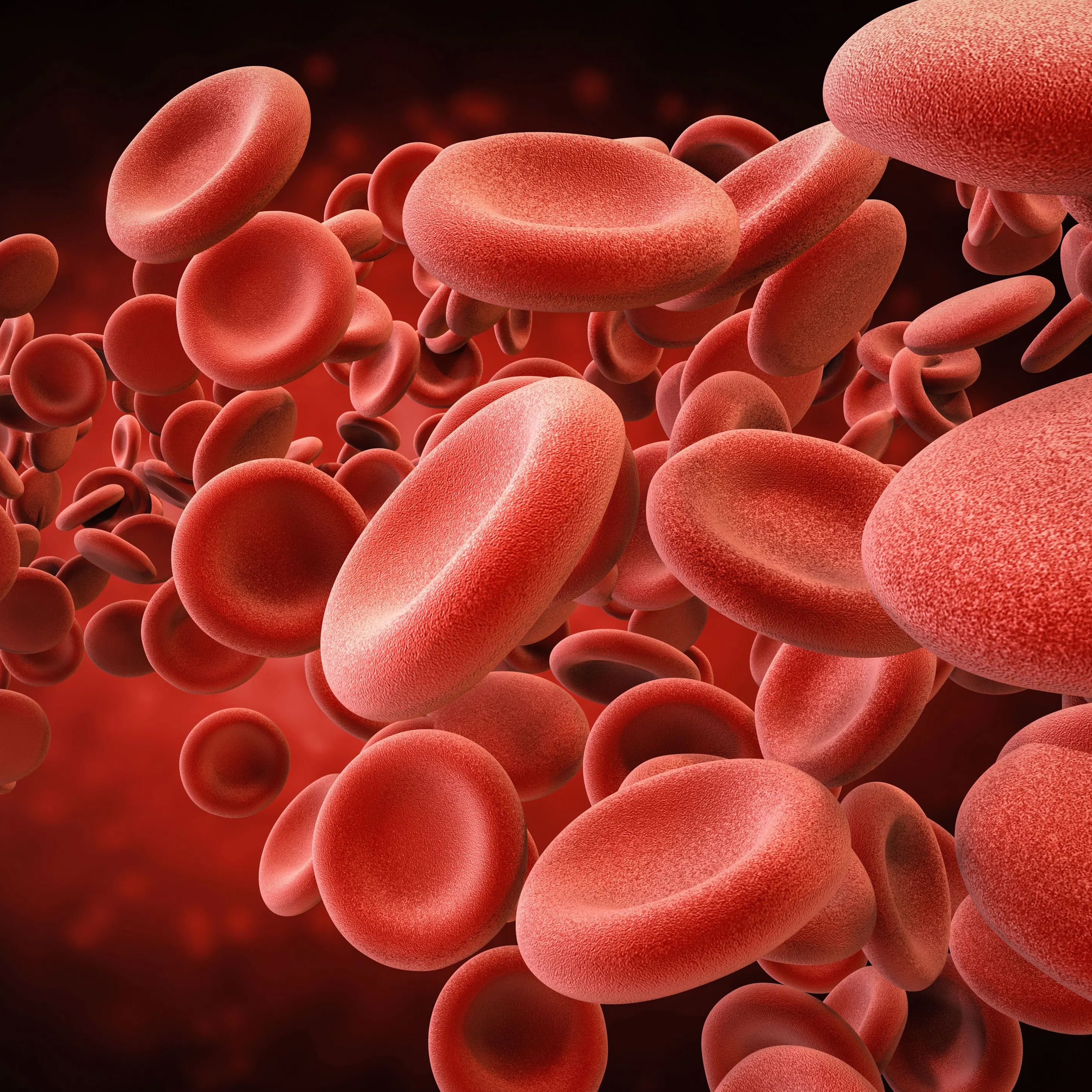Article
Early LVEF Improvement Signals Lower Risk of 5-Year Mortality Following TAVR
An analysis of 5-year outcomes data from the PARTNER 1, 2, and S3 trials is providing insight into the prognostic value of early left ventricular ejection fraction (LVEF) improvement among patients with symptomatic severe aortic stenosis who have undergone transcatheter aortic valve replacement (TAVR).
Results of the study demonstrate those who experienced early improvement in LVEF after TAVR, which investigators noted was observed among 1-in-3 patients who with severe aortic stenosis and LVEF below 50% who underwent TAVR, was associated with lower 5-year all-cause and cardiovascular mortality than their counterparts who did not experience an initial improvement in LVEF after TAVR, but this was only observed among female individuals and not their male counterparts.
“In high- or intermediate-risk patients with symptomatic severe AS and LVEF less than 50% undergoing transfemoral TAVR, 1 in 3 experienced early improvement in LVEF,” wrote investigators. “Prior myocardial infarction, diabetes, cancer, higher baseline LVEF, larger left ventricular end-diastolic diameter, and larger aortic valve area were associated with lower likelihood of early LVEF improvement, whereas higher BMI and higher stroke volume index were associated with increased likelihood of early LVEF improvement after TAVR. Early LVEF improvement after TAVR was associated with lower 5-year all-cause death and cardiac death.”
As the popularity of TAVR procedures continues to increase, priorities for research have begun to shift from the procedure itself to long-term care of patients undergoing TAVR. With this in mind, the current study was conducted by a team of more than 20 investigators representing multiple institutions, including Massachusetts General Hospital, Cleveland Clinic, Duke University School of Medicine, and Baylor University Medical Center, with the intent of examining associations between early LVEF improvement after TAVR and 5-year outcomes.
To do so, the study was designed as an analysis of patient data from high- and intermediate-risk patients with baseline LVEF of less than 50% who underwent transfemoral TAVR who were enrolled in the Placement of Aortic Transcatheter Valves (PARTNER) 1, 2, and S3 trials and registries between July 2007 and April 2015, with analysis occurring from August 2020-May 2021. From these data sources, investigators identified 659 patients for inclusion in their analyses. This cohort was 71% male, had a mean age of 82.4 (SD, 7.7) years, and 89.7% were White.
The primary exposure for the investigators’ analyses was early LVEF improvement. For the purpose of analysis, LVEF improvement was defined as an increase of 10% points or more at 30 days post-TAVR. Investigators noted LVEF improvement was also assessed as a continuous variable. The primary outcome of interest was all-cause mortality at 5 years.
Upon analysis, LVEF improvement within 30 days was identified among 32.8% (n=216) of the 659-patient cohort (mean LVEF, 16.4 [SD, 5.7%]). Additional analyses produced results suggesting a history of myocardial infarction, diabetes, cancer, higher baseline LVEF, larger left ventricular end-diastolic diameter, and larger aortic valve area were independently associated with decreased likelihood of LVEF improvement. Compared to those without early LVEF improvement after TAVR, those with early LVEF improvement had a reduced instance of5-year all-cause death (50.0% [95% CI, 43.3-57.1] vs 58.4% [95% CI, 53.6-63.2]; P=.04) and cardiac death (29.5% [95% CI, 23.2-37.1] vs 38.1% [95% CI, 33.1-43.6]; P=.05).
In multivariable analyses using LVEF improvement as a continuous variable, results indicated early improvement in LVEF was associated with lower 5-year all-cause death (aHR per 5% increase in LVEF, 0.94 [95% CI, 0.88-1.00]; P=.04) and cardiac death (aHR per 5% increase in LVEF, 0.90 [95% CI, 0.82-0.98]; P=.02) after TAVR. Investigators pointed out a restricted cubic spline analysis demonstrated a visual inflection point at an LVEF improvement of 10%. Beyond this point, there was a notable decline in all-cause mortality with an increasing degree of LVEF improvement.
Investigators also pointed out there were no statistically differences in rehospitalizations, NYHA functional class, or KCCQ-OS at 5 years between those with early LVEF improvement and those without early LVEF improvement. In a subgroup analysis, results suggested the association between early LVEF improvement and 5-year all-cause mortality was consistent regardless of presence or absence of CAD or prior myocardial infarction.
Investigators noted multiple limitations within their study for clinicians to consider before interpreting results of their efforts. These included listed applicability due to inclusion criteria, limited generalizability because of the use of only SAPIEN, SAPIEN XT, or SAPIEN 3 TAVR bioprostheses, and lack of knowledge related to exact etiology of left ventricular dysfunction.
“Further studies are needed to understand the pathophysiologic mechanism(s) mediating reduced mortality in patients with early LVEF recovery after TAVR,” investigators added.
This study, “Association Between Early Left Ventricular Ejection Fraction Improvement After Transcatheter Aortic Valve Replacement and 5-Year Clinical Outcomes,” was published in JAMA Cardiology.




